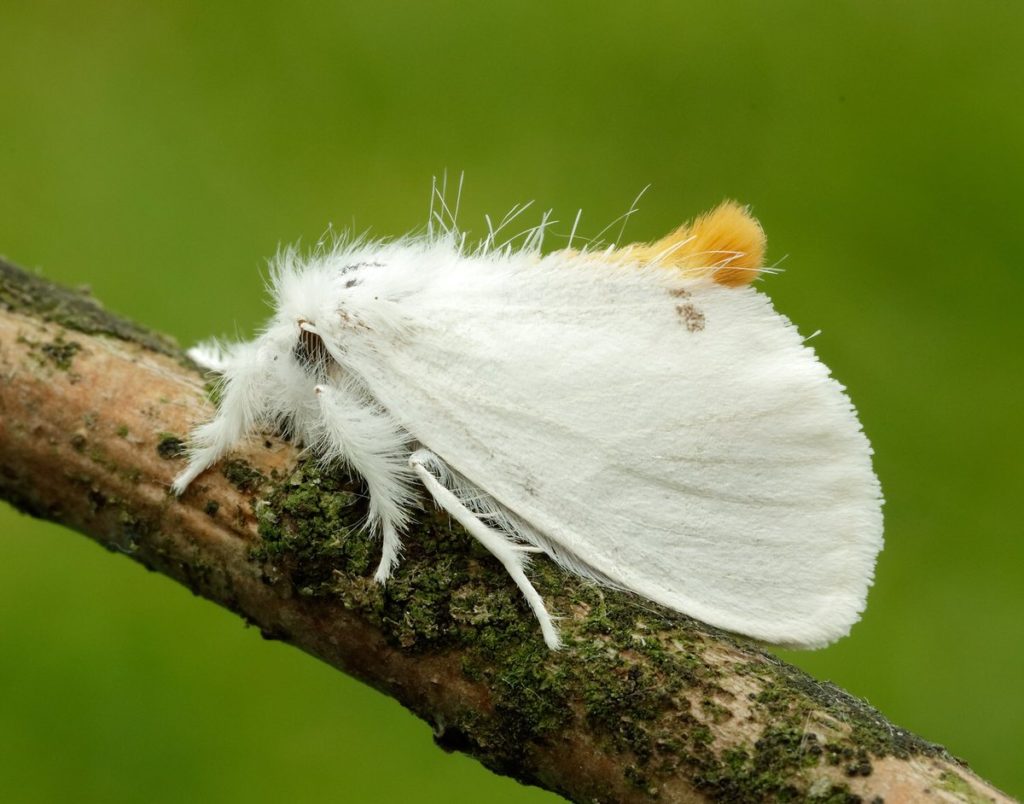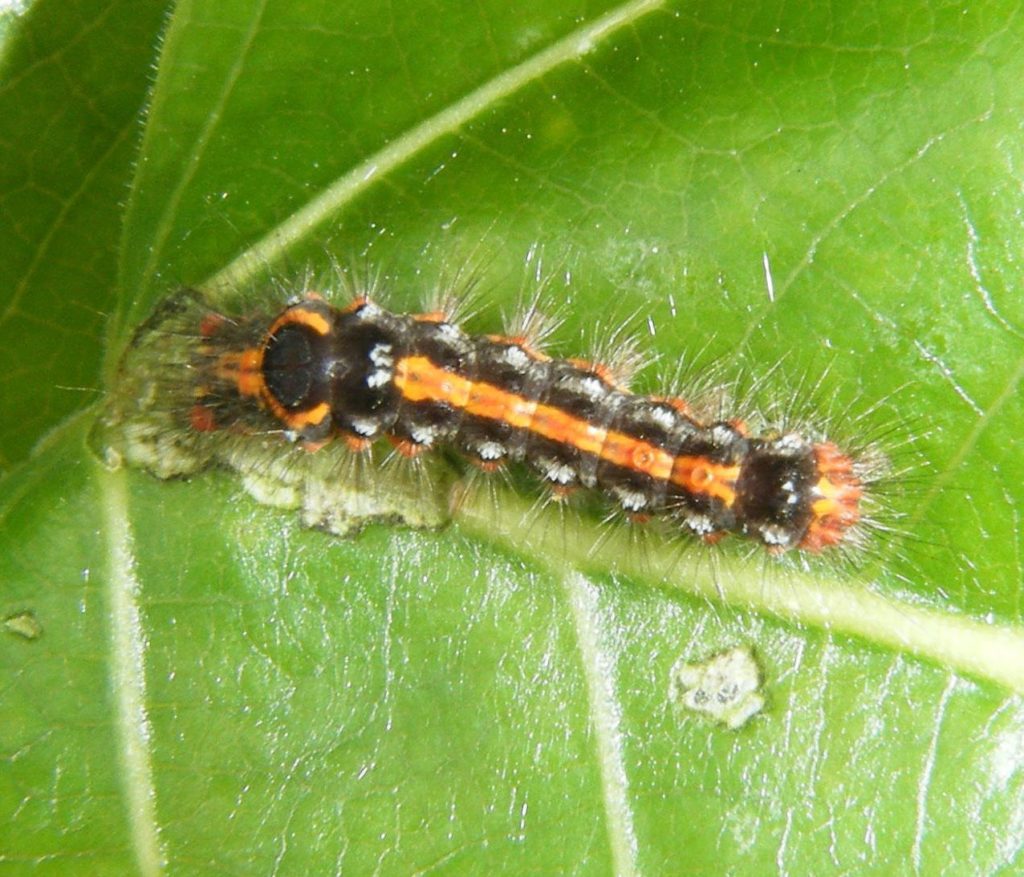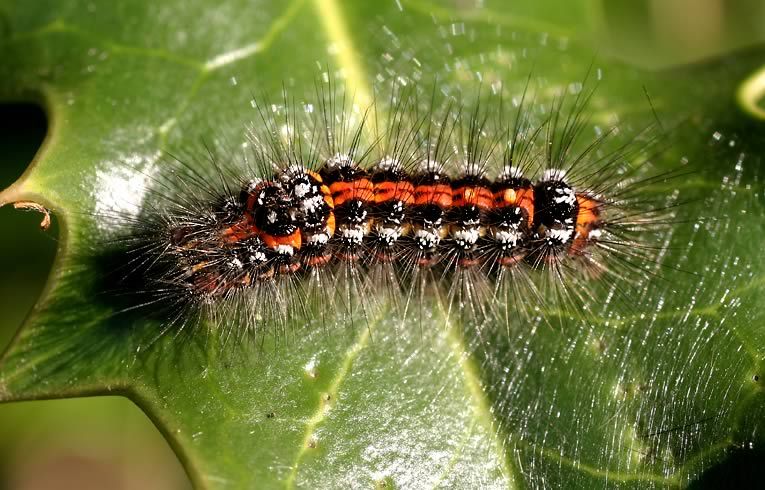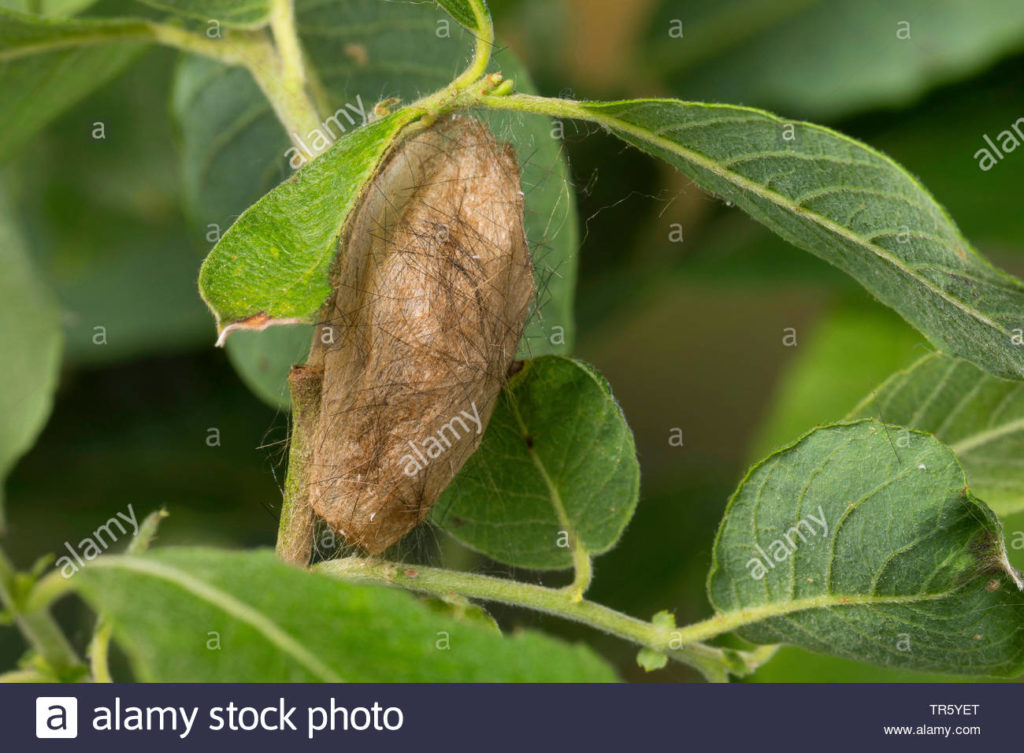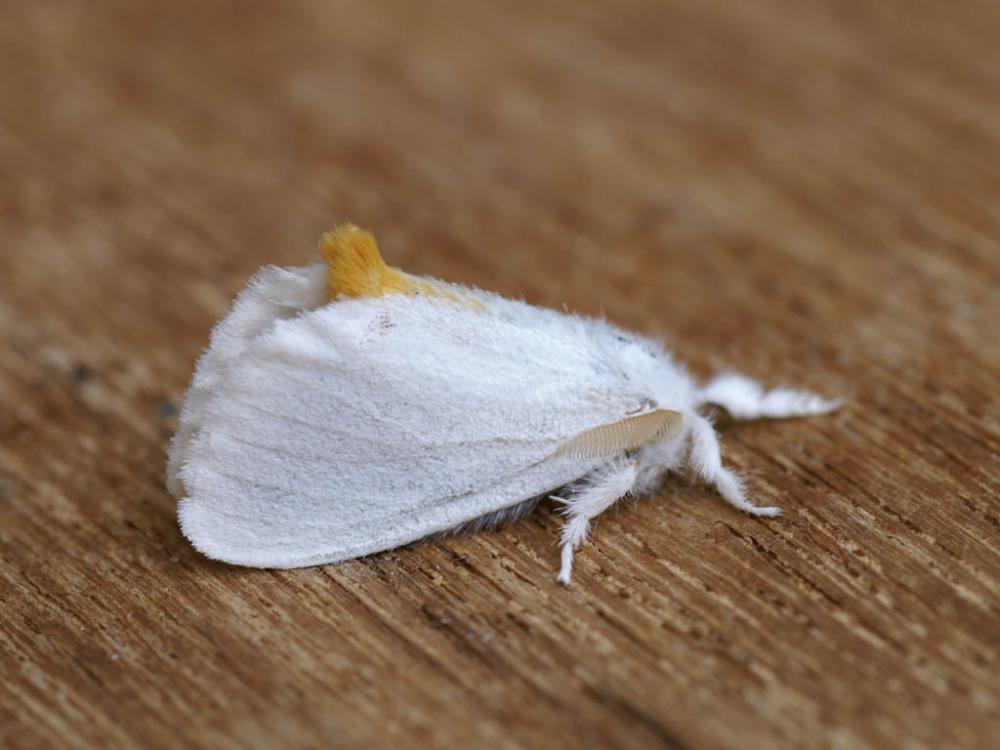Yellow-Tail Moth (Sphrageidus similis)
The Yellow-tail moth, also called the golden or swan moth, is easily distinguishable from its white wings and yellow hairy tufts on the abdomen, replicating a tail. Swiss entomologist Johann Kaspar Füssli first described it in 1775.
pbs.twimg.com
Scientific Classification
- Family: Erebidae
- Genus: Sphrageidus
- Scientific Name: Sphrageidus similis
Description and Identification
Caterpillar
The caterpillar is black with bright red stripes and white blotches, covered with blackish-gray bristles. They can grow up to 43 mm and feed on plants found in deciduous forests. They hibernate throughout the winter.
Adult Moth
Sexual Dimorphism: Present
The females are larger than the males. The tail-like projections on their abdomen are also bigger than their male counterparts.
The males, on the other hand, have a distinguishable marking towards the end of their forewings.
Color and Appearance: When opened, the wings are purely white, except for a brown or black spot seen only in males. When closed, the color remains unchanged, though the spots are prominently visible in the male yellow-tail moths.
Average wingspan: 35-48 mm
Season: May to August
Egg
The female covers her eggs with wool from her abdomen.
Quick Facts
| Distribution | Found throughout Europe, mainly in Britain and sometimes in Scotland and Ireland |
| Habitat | Woodlands, scrub, and gardens |
| Predators | Birds |
| Lifespan of Adults | May to August |
| Host Plants | Deciduous trees like elm, oak, birch, raspberry, and hawthorn |
| Adult Diet | Not recorded |
Scientific Classification
- Family: Erebidae
- Genus: Sphrageidus
- Scientific Name: Sphrageidus similis

